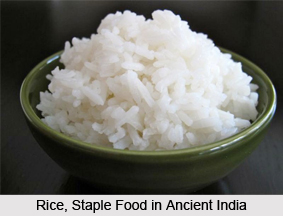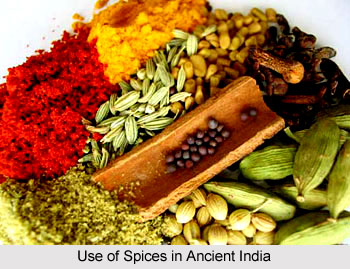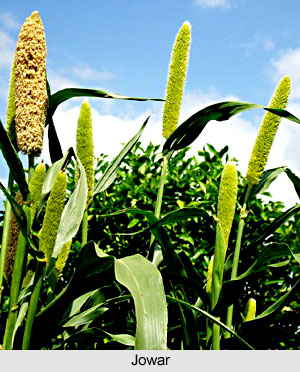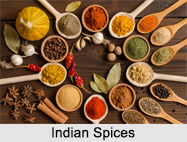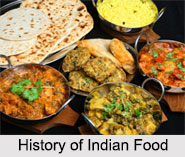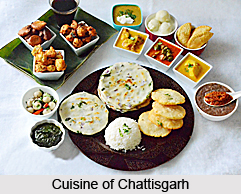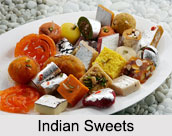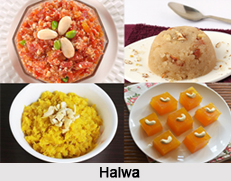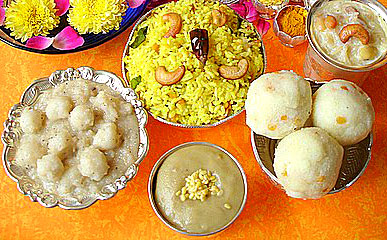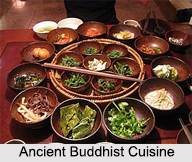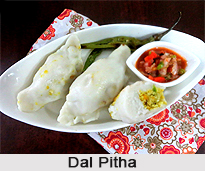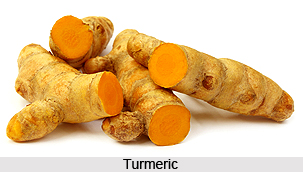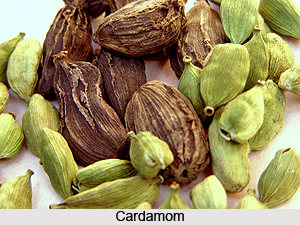 Botanical names:
Botanical names:
(Common English names are given within the bracket)
Aframomum augustifolium : (Madagascar Cardamom)
Aframomum hannburyichum: (Cameroon Cardamom)
Aframomum korarima : (Korarima Cardamom)
Aframomum melegueta : (Grains of Paradise or Guinea Grains)
Amomum aromaticum Roxburgh: (Bengal Cardamom)
Amomum kepulaga Sprague : (Round Cardamom or Chester Cardamom or Siam )
Amomum krervanh Pierre : (Cambodian Cardamom)
Amomum subalatum Roxburgh: (Greater Indian Cardamom or Nepal Cardamom)
Family name: Zingiberaceae
Indian names are as follows:
badi elaichi(hindi)
bada elach(bengali).
Cardamoms of are the dried capsules of a small group of species or plants belonging to the family Zingiberaceae, which contains seeds possessing a pleasant characteristic aroma. Broadly there are two types of Cardamoms, such as Small or Lesser Cardamom and Greater or Large Cardamom.
`Grains of Paradise` in many aspects resemble the seeds of official cardamom. When rubbed between the fingers, they give off a faint aromatic odor; their taste is hot and peppery. African natives have always esteemed these grains as a most wholesome spice; in fact, newly captured Negroes were so dependent upon the spice that slaving ships had to carry ample supplies on board. In Europe and America `Grains of Paradise` are now seldom used, except in veterinary preparations, and for flavoring of certain types of liquors and vinegars. Formerly, they were employed quite widely as a condiment or spice.
On steam distillation, the grains yield from 0.3 to 0.7 % of a yellowish or slightly brown volatile oil, but it has no commercial demand.
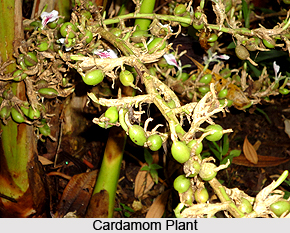 There have been many uses that varied over centuries. It is very probable that there are still many unknown uses, especially in native medicines. Employment as medicine has been strongly interwoven with magical uses too. The most celebrated application as a spice in liquid is undoubtedly in the making of `Hippocras`, the famous spiced wine in vogue during the 14th and 15th centuries. It is also used in beer, spirits and cordials, vinegar and sauces. The spice gives a fiery pungency to all alcohols and a taste of resembling ginger ale.
There have been many uses that varied over centuries. It is very probable that there are still many unknown uses, especially in native medicines. Employment as medicine has been strongly interwoven with magical uses too. The most celebrated application as a spice in liquid is undoubtedly in the making of `Hippocras`, the famous spiced wine in vogue during the 14th and 15th centuries. It is also used in beer, spirits and cordials, vinegar and sauces. The spice gives a fiery pungency to all alcohols and a taste of resembling ginger ale.
Amomum aromaticum. (Indian names:Hindi and Bengali: Morang Elaichi Marathi: Veldoda.)
The seeds are used as a spice and are medicinal. They yield about 1.0 to 1.2 % of essential oil. But the oil does not have much commercial importance. As spice or for its medicinal applications it does not have any global demand but is popular in India. Therefore its processing may be planned based on domestic demand, thus can ensure generation of employment in rural areas up to limited extent.
Round or Siam cardamoms occur in small compact bunches; they are smaller than cherry, roundish, somewhat ovate, and possess a strong camphoracous and aromatic flavor, resembling that of true cardamoms. That was the reason this cardamom was sold as replacement or alternate to true cardamom, but since quality control systems in place this type of alternates were discouraged and this cardamom lost the global market.
The seed is used as a condiment and ground rhizomes are used medicinally for cold.
The leafy stem has oblong, lanceolate green leaves, which are glabrous on both the surfaces. These plants are usually grown along jhoras (small springs), in moist and shady of mountain streams and along the hilly slopes, usually at an elevation of 765 to 1675 meters above the sea level. The plants mature during the third year of their growth, when flowers and fruits are produced. Harvesting is done usually during August to October each year. The fruits are almost of the size of nutmeg and are a cheap and efficient substitute for the true cardamoms. The dark red-brown globose capsules, 2.5 cm long, contain several seeds in each cell, held together by a viscid sugary pulp. The seeds possess properties similar to those of true cardamom.
It is reported that this cardamom also has global demand up to certain extent, and some export from India and Nepal is reported. However production and cultivation of this spice shows declining trend during recent past. The factors responsible for the decline in cultivation and yield are:
•Paucity of superior high yielding strains,
•Inadequate knowledge about the cultural requirements of the crop,
•Neglect of fungal and virus diseases and pests which take a heavy toll
since the crop is propagated vegetatively.
However, its productivity, export potentialities and wider use need to be explored further.
The fruit, on an average comprises, 70 % seeds and 30 % skins. The average chemical composition of the dry fruit is given below:
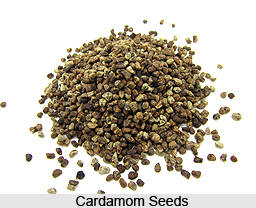 Moisture:8.49 %
Moisture:8.49 %
Volatile oil:2.8 %v/w
Protein:6.0 %
Total ether extract:5.31 %
Crude fiber:22.0 %
Starch:43.21 %
Alcohol extract:7.02 %
Total ash:4.01 %
Water soluble ash:2.15 %.
The seeds of Amomum subulatum have a sharp, good taste and are a tonic of heart and liver; are astringent to the bowels, a hypnotic, an appetizer and cause belching. The outside covering is good for headache and heals stomatitis. The infusion of the entire fruit if taken brings down fever almost instantly. The seeds are an antidote to both snake and scorpion venom. There are many such medicinal virtues, which is applied in India.
The seeds are widely used in India as a spice or condiment, and in preparation of sweetmeats.
Essential oil is obtained on steam distillation of the crushed seeds that yield 2.5 % of dark brown colored mobile liquid having a characteristic aroma of cineole. This oil has good market demand and used in medicines, food items etc., as a good flavoring agent.

